XRF Test Results for Blue, White, and Brown Blossom Design on Asian Stoneware Dish
For those new to the Lead Safe Mama website:
Tamara Rubin is a multiple-federal-award-winning independent advocate for childhood Lead poisoning prevention and consumer goods safety, and a documentary filmmaker. She is also a mother of Lead-poisoned children (two of her four sons were acutely Lead-poisoned in 2005).
- Tamara owns and runs Lead Safe Mama, LLC — a unique community collaborative woman-owned small business for childhood Lead poisoning prevention and consumer goods safety.
- Since 2009, Tamara has been conducting XRF testing (a scientific testing method) using the exact instrumentation employed by the U.S. Consumer Product Safety Commission to test consumer goods for toxicants (specifically heavy metals — including Lead, Cadmium, Mercury, Antimony, and Arsenic).
- Since July of 2022, the work of Lead Safe Mama, LLC has been responsible for five product recalls (FDA and CPSC).
- All test results reported on this website are science-based, accurate, and replicable.
- Items that Lead Safe Mama, LLC reports on are tested multiple times to confirm the results published (for each component tested).
- Recent notable press… There has been too much to mention already in 2024! Please check out our press page to see some of the amazing coverage of our work so far this year!
Metals highlighted below in RED are considered unsafe for humans in this application (dishware). Metals highlighted in BLUE are not considered unsafe for humans in this application (or at the levels detected in this item).
XRF test results for the stoneware dish pictured
If anyone knows more information about this dish (based on the design or the logo mark pictured above), please let us know so we can update this article. We would love to know the following information: Age, country of origin, manufacturer name, and pattern name. Thank you so much!
Reading #1) Center of Food Surface on Dish
Blue Glazed Area
60-Second Reading
- Lead (Pb): 26 +/- 12 ppm [This level is safe by all standards]
- Cadmium (Cd): 21 +/- 7 ppm [This level is safe by all standards]
- Arsenic (As): non-detect
- Mercury (Hg): non-detect
- Titanium (Ti): 23,000 +/- 1,600 ppm
- Iron (Fe): 4,656 +/- 246 ppm
- Copper (Cu): 453 +/- 46 ppm
- Zinc (Zn): 174 +/- 23 ppm
- Zirconium (Zr): 22,200 +/- 500 ppm
- Barium (Ba): 474 +/- 47 ppm
- Platinum (Pt): 286 +/- 44 ppm
- No other metals were detected in Consumer Goods Mode.
Reading #2) Food Surface of Dish
White Glazed Area (Flower Petals)
80-Second Reading
- Lead (Pb): 24 +/- 10 ppm [This level is safe by all standards]
- Cadmium (Cd): 12 +/- 6 ppm [This level is safe by all standards]
- Arsenic (As): non-detect
- Mercury (Hg): non-detect
- Titanium (Ti): 21,000 +/- 1,500 ppm
- Iron (Fe): 6,439 +/- 271 ppm
- Copper (Cu): 360 +/- 39 ppm
- Zinc (Zn): 164 +/- 21 ppm
- Zirconium (Zr): 13,500 +/- 300 ppm
- Barium (Ba): 375 +/- 38 ppm
- Platinum (Pt): 184 +/- 36 ppm
- Bismuth (Bi): 19 +/- 10 ppm
- No other metals were detected in Consumer Goods Mode.
Reading #3) Back of Dish
Logo Area
60-Second Reading
- Lead (Pb): 19 +/- 11 ppm [This level is safe by all standards]
- Cadmium (Cd): 13 +/- 6 ppm [This level is safe by all standards]
- Arsenic (As): non-detect
- Mercury (Hg): non-detect
- Titanium (Ti): 12,400 +/- 1,400 ppm
- Iron (Fe): 4,438 +/- 232 ppm
- Cobalt (Co): 938 +/- 102 ppm
- Nickel (Ni): 118 +/- 63 ppm
- Copper (Cu): 283 +/- 38 ppm
- Zinc (Zn): 90 +/- 18 ppm
- Zirconium (Zr): 18,900 +/- 400 ppm
- Barium (Ba): 402 +/- 43 ppm
- Platinum (Pt): 177 +/- 38 ppm
- No other metals were detected in Consumer Goods Mode.
How much Lead is “too much” Lead?
For context, the amount of Lead considered unsafe in an item intended for use by children is anything 90 ppm Lead or higher in the paint, glaze, or coating of an item and/or anything 100 ppm Lead or higher in the substrate. Unfortunately, (as discussed in many articles here on the Lead Safe Mama website) there is no law limiting total (XRF-detectable) Lead content in dishes or cookware (or really in any consumer goods not expressly “intended for use by children”). For a detailed discussion about the concern for Leaded glaze on new or vintage dishware, click here.
The Lead and Cadmium levels in the glaze on this particular dish are both fairly low (falling in the category of “trace contaminant levels,” not “added ingredient levels” — given we are talking about glazes on a piece of high fire ceramic) and considered safe by all standards (United States federal standards and international standards for toxicants in consumer goods/ dishware).
This dish was sent in for testing by Lori in North Carolina. Lori… Hello! You forgot to include any contact information or your return address in your package! If you see this — please be in touch with that information so we can send it back to you. Thank you.
Some additional reading that may be of interest:
- Can I test my own dishes myself at home?
- What can I test with a home test kit?
- Can I send you a dish to test?
- How to use this website to search for products you have in your home (a video)
- Safer (Lead-free) choices for dishes and other items in your home
As always, thank you for reading and for sharing articles from LeadSafeMama.com. Please let me know if you have any questions and I will do my best to answer them personally as soon as I have a moment.
Tamara Rubin
Owner — Lead Safe Mama, LLC
#LeadSafeMama
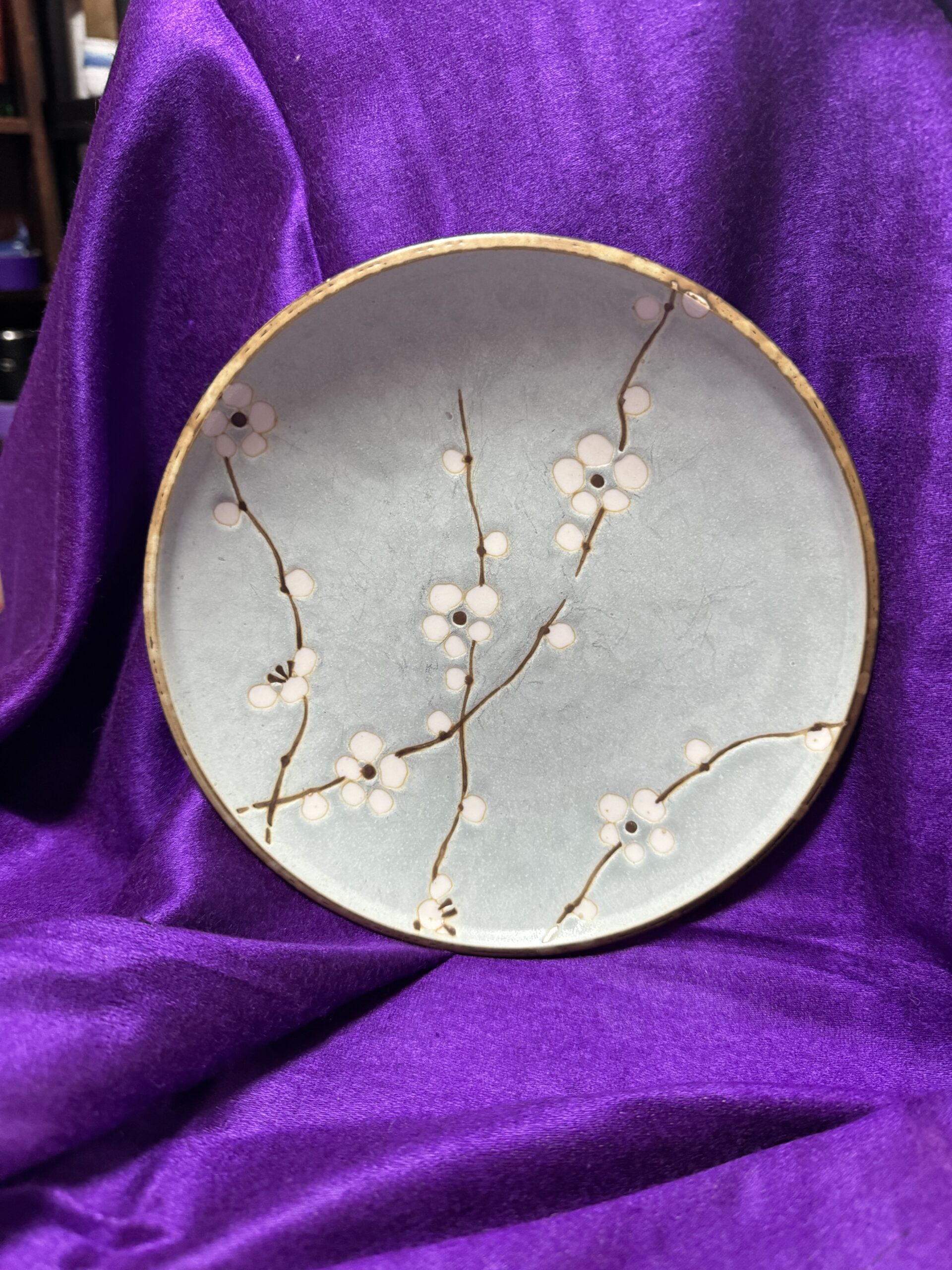
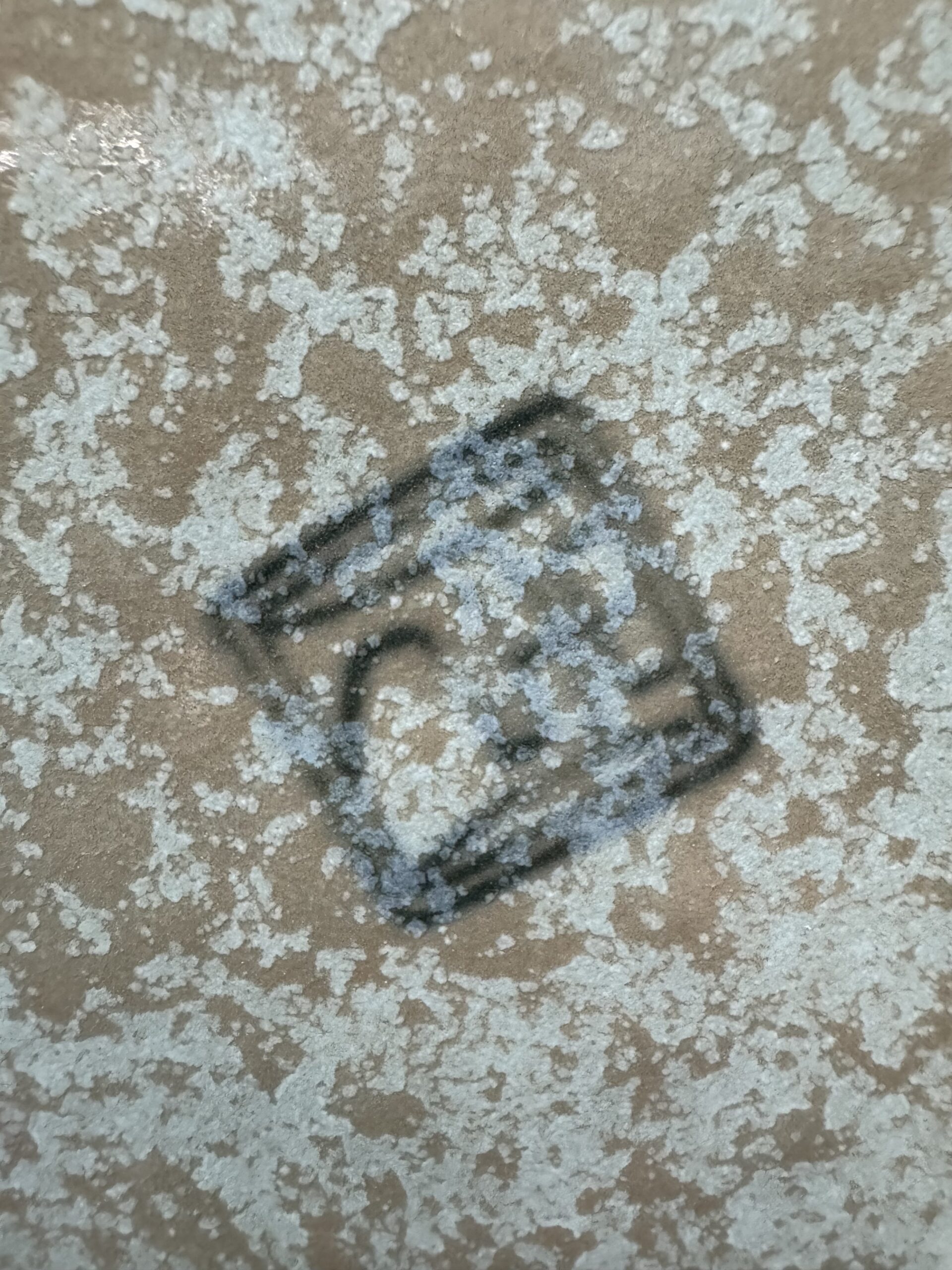
Never Miss an Important Article Again!
Join our Email List








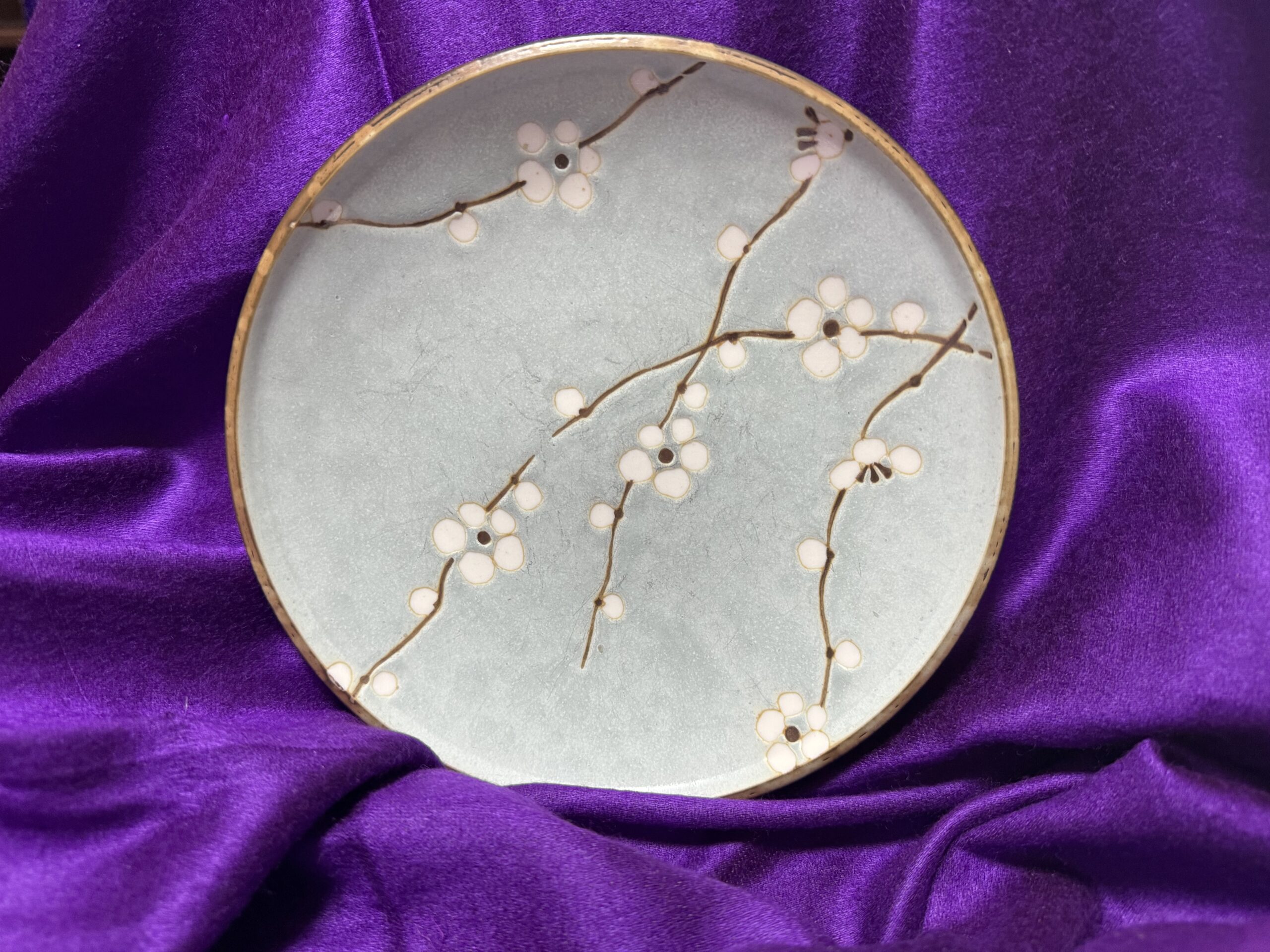
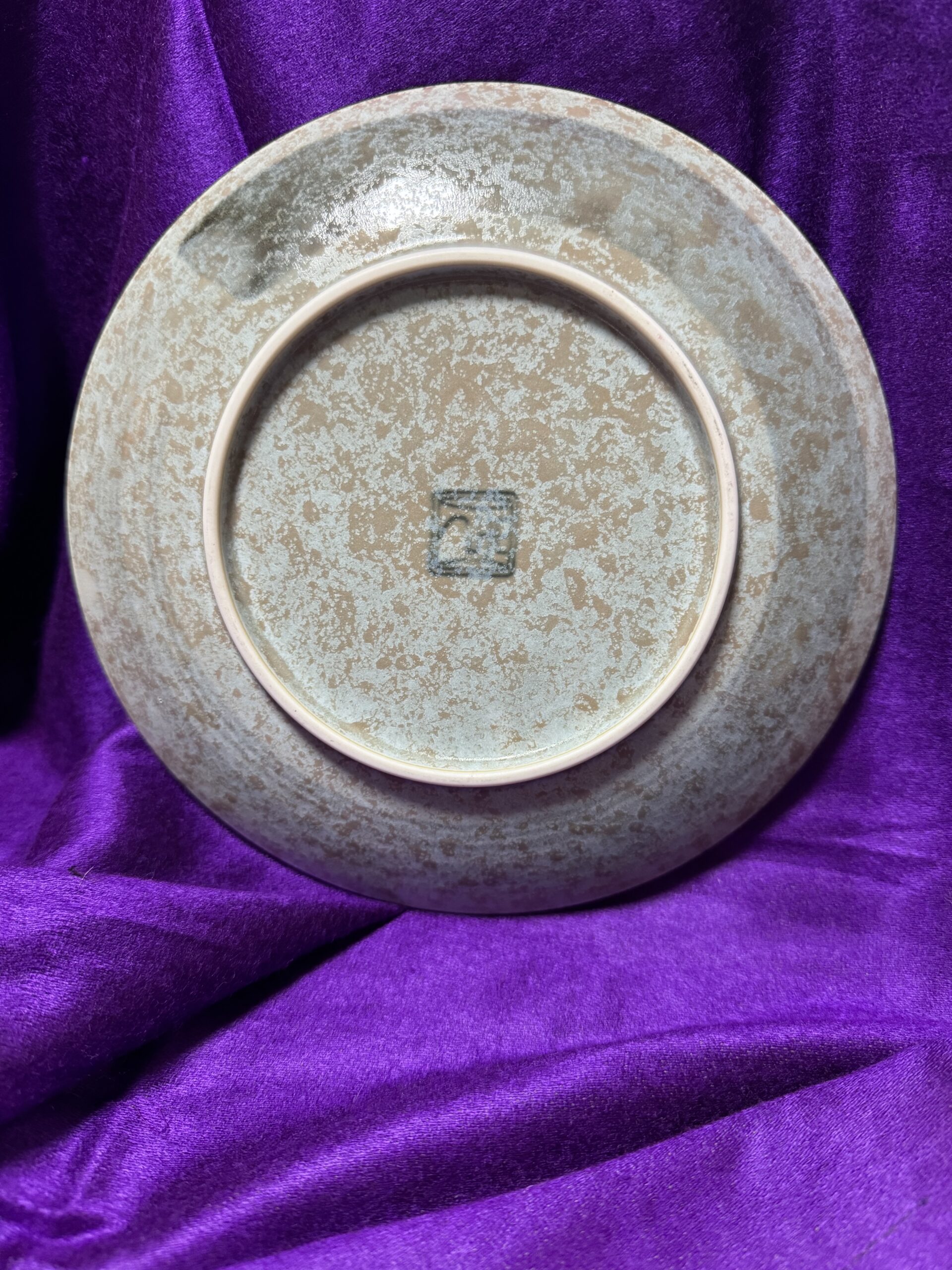
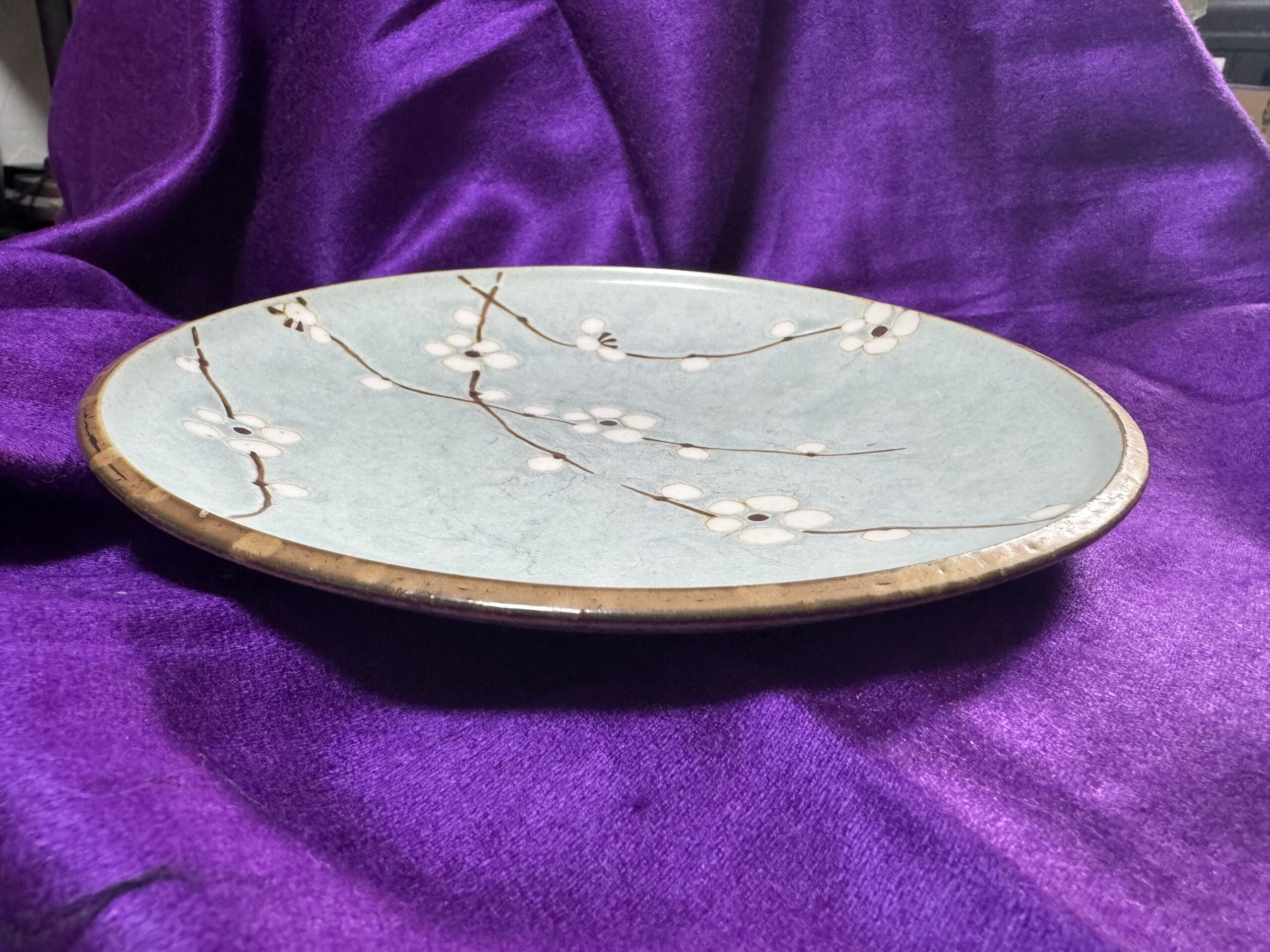

I’m not sure of the manufacturer, but I’ve seen plates like this. I turned up a few hits with an image search: https://osarany.com/products/hakubai-round-plates
https://www.miyacompany.com/collections-blue-spring-blossoms
https://www.mrslinskitchen.com/collections-cherry-blossom.html
Kafuh Cherry Blossom – discontinued
https://www.replacements.com/china-kafuh-cherry-blossom/c/291229
Thank you!